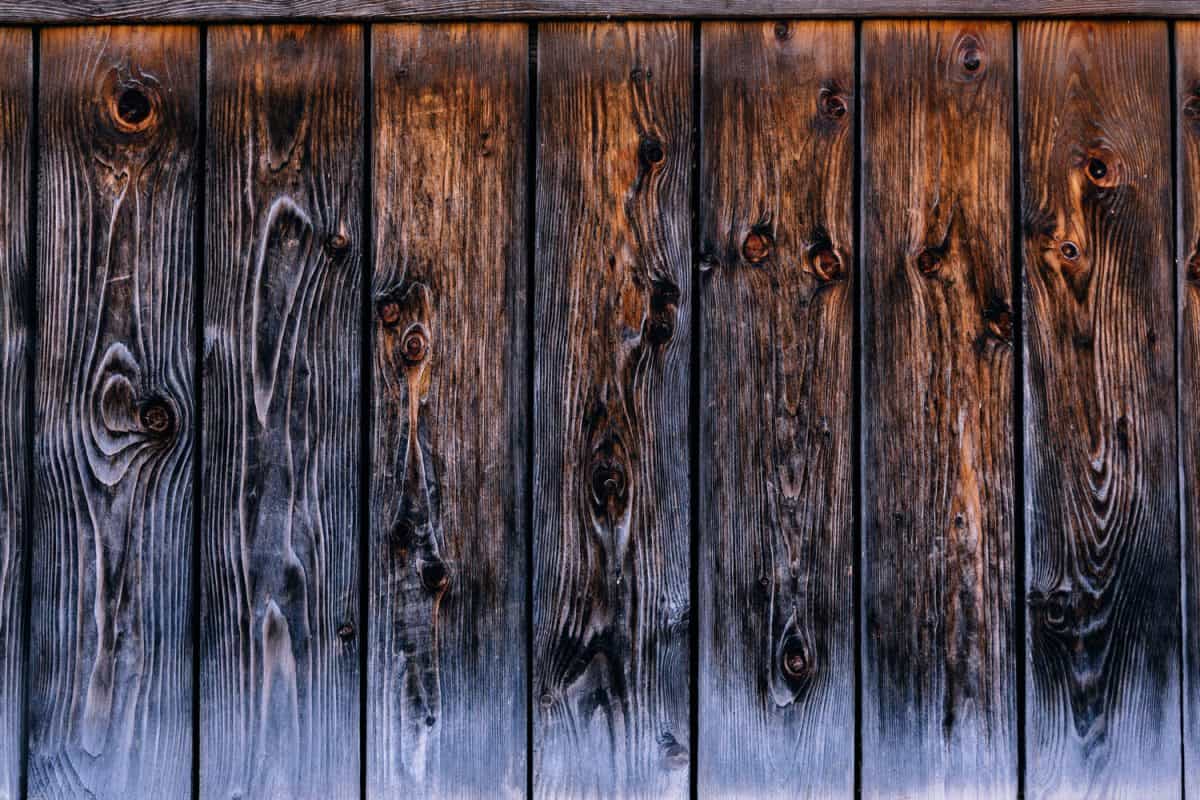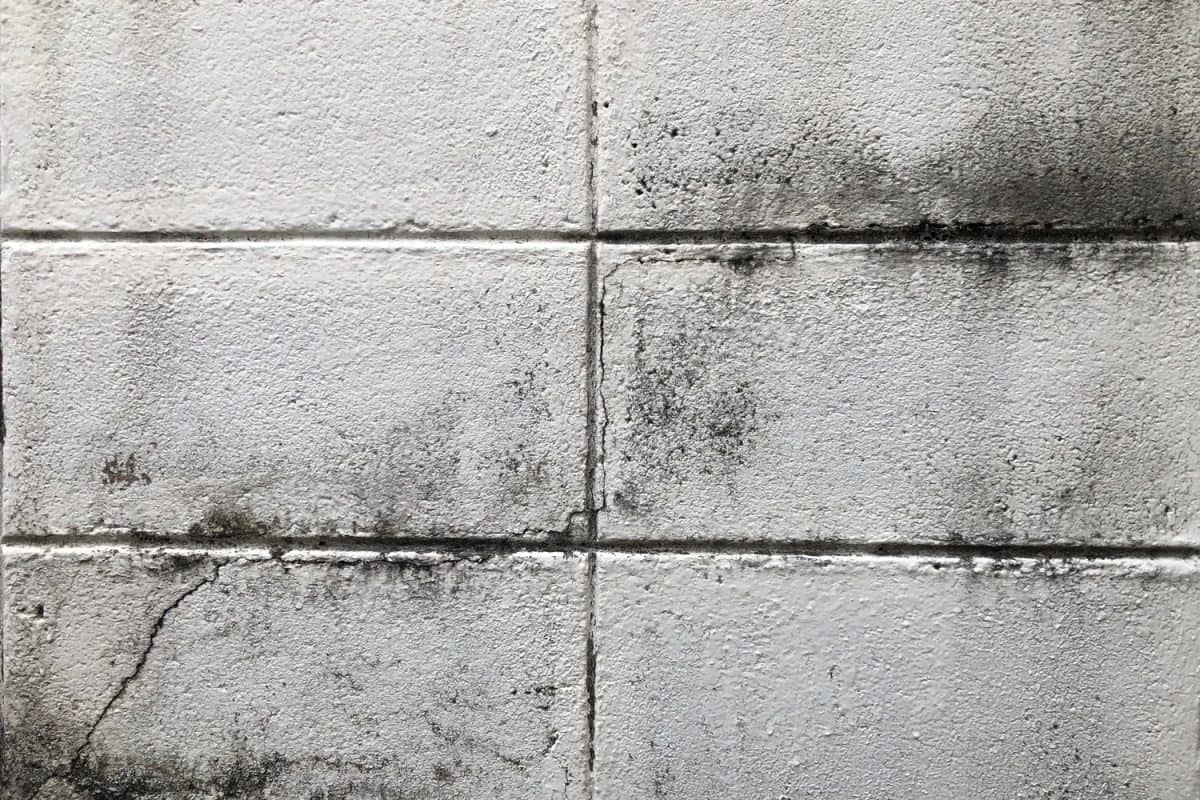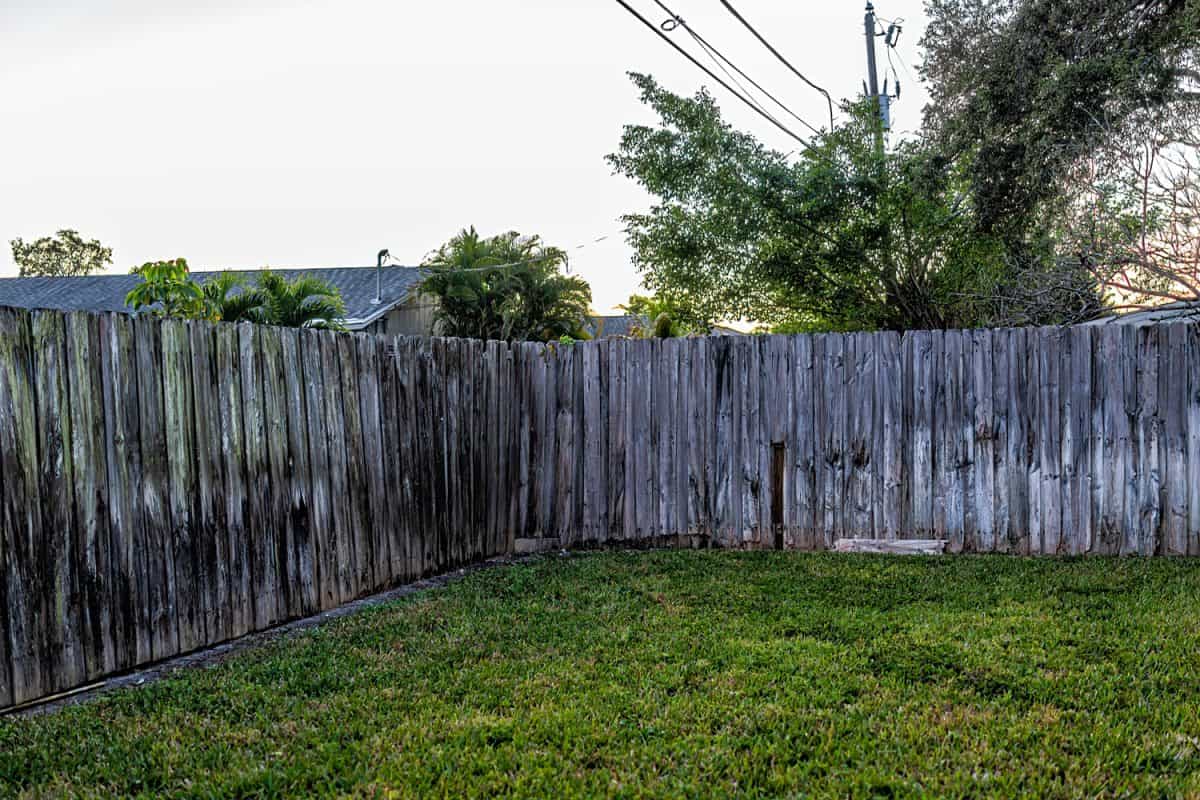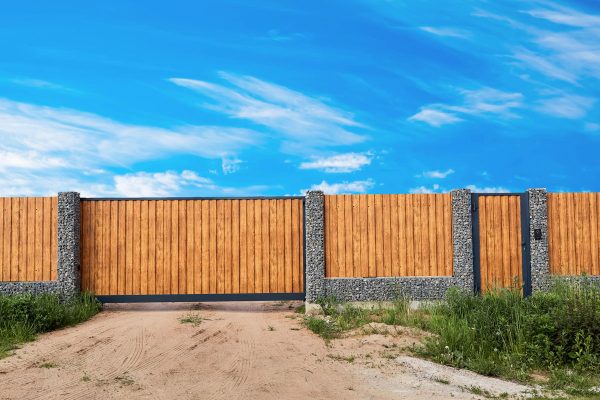Maybe you're relaxing on your lawn or backyard, and you notice something different. Your fence is turning black! Dark streaks on fences are quite unattractive. The aesthetic is not the only aspect that is affected, but also the material's durability and longevity. But don't fret! We have researched the issue so that you will have a general idea of why it happens, and what to do about it.
The reason your fence is turning black depends on the material used. Railings or fences made from wood and concrete could turn black because of various causes:
On Wood
- Sapstaining Fungi
- Climate or Weather (Sun Exposure)
- Tannin
- Manufacturing Process
- Old Age or Decay
On Concrete
- Inconsistency with the Ingredients
- Problems with the Curing Process
- Dark Spots Caused by Water
All outdoor products will fade over time, fences included. It is however significant to understand why discoloration occurs, what to do about it, and how to prevent it from happening in order to avoid early damage and decay. We are here to help you further realize and be aware of this issue.
![Corner of private wooden plank fence with black mold in front yard or backyard with green grass lawn at sunset - Why Is My Fence Turning Black [And What To Do About It]](https://fencefixation.com/wp-content/uploads/2022/05/CORNER2-800x1200.png)
What Causes Dark Staining On Fences?
The appearance of dark stains is determined by the material of which your fence is built, the components or the cellular structure of the material, the climate and location, and the way it was manufactured.
Black On Wood Fencing

Wood is the most common material that is prone to discoloration simply because of its structure.
Fungi
Fungi are spore-producing plants that thrive on other organisms to survive, and also include mold, mushrooms, mildew, and yeast. Since they lack chlorophyll, they rely on the environment for sustenance.
Wood is a common habitat for fungi and one main cause for it to blacken over time. Simply clean the area with bleach and water then treat it with lemon solution. Repeat the process until the discoloration disappears. Sealants and waterproofing will prevent fungi infestation and solve the problem permanently.
Climate
Weather conditions can greatly affect your fences. Strong exposure to sunlight (UV rays) can change the color of wooden fences. Moisture from rain or fog will induce mold or fungi build-ups.
Tannin
Tannin is a natural compound in wood that gives a tanning (hence the name), or darkening effect. They are used mainly for treating leather, dyeing textiles, and manufacturing ink. Contact with water creates a chemical reaction causing it to turn dark gray or blue. Wooden materials in damp or rain-stricken areas are more susceptible to its effects.
Before cleaning off the stain, you must first remove the finish, then apply oxalic acid onto the entire surface of the wood. A few applications might be required, but allow enough time for the wood to dry before re-applying. Use appropriate materials such as gloves and goggles as a precaution.
The Way It Was Manufactured
The overall process in which the wood is cut and manufactured also has a significant effect. Enzymes or chemical substances in the wood react with oxygen in the air causing discolorations or darkening.
Freshly-cut wood should be pre-steamed at 100 degrees celsius before kiln-drying to ensure moisture is removed and the color of the wood is uniform. Ponding or sprinkling logs before storage can also lessen sap stain build-up.
Old Age or Decay
Old age or decay is among the most common reason why your wood fence is turning black. All types of lumber undergo the natural aging process, and along with this is discoloration.
Black On Concrete Fencing

Inconsistency With The Ingredients
One of the most prevailing causes of concrete discoloration is that the ratio of the cement mixture is not consistent with the required amount. Mixing different batches of concrete may also result in black spots because the tendency is that both of them would have unequal proportions of water. They may not cure evenly.
Problems With The Curing Process
Curing is the process of allowing concrete enough time to achieve the desired moisture content which can be done by pouring water and mixing it with the cement. Proper curing will ensure durability, longevity, water tightness, and wear resistance.
If this method is derailed, then dark spots will most likely happen. Uneven curing will influence the moisture content of the cement. To prevent this from happening, ensure enough mixture of water. You need to make sure it is not too watery as well as too dry that it is still powdery.
Dark Spots Caused by Water
If the water contains high mineral content or any dirt and leaves, black spots on concrete may occur. Residues will stay in the cement and react with the substance itself. Fortunately, you can utilize a heated pressure washer or acid rinse to get rid of dark areas.
How to Fix a Wood Fence that is Turning Black?

There are several ways and methods you can follow to ensure discoloration on fences becomes a minimal problem or no issue at all. Different causes require different solutions. You just have to find out the cause of those black spots in order to know how to remove it.
Bleach Test
Conducting a bleach test is the best way to determine the cause of the issue. What you have to do is to damp cloth with a mixture of water and bleach, then wipe it across the surface of the wood.
If the dark spots were removed, then the cause is most likely mold or fungi. You just have to clean the affected areas and then rinse them with water. On the other hand, if these blotches remain, then the problem lies within the wood itself. In that case, tannin is most often the reason.
Sanding
Sanding is the process of smoothing a wood surface with the use of sandpaper. You have to sand the black areas using 100-grit sandpaper. Sanding the affected surface might do the trick. But if you intend to do this, the wood might turn out uneven.
In this case, applying wood putty to the sanded area will ensure that the surface is leveled. Painting is then an option to conceal the applied substance or the sanded area.
If you do not want to utilize wood putty, another alternative is to sand the whole surface with the use of a sander.
Planing
Planing is the act or process of trimming wood to a consistent thickness. The method is similar to that of sanding wherein you plane the entire surface of the board until the problem is removed.
How Would You Protect Your Fence from Black Stains?

One way of protecting your fence is by applying waterproof sealants. Polyurethane, wood stain, and lacquer are some of these substances. These sealers can either be brushed or sprayed unto cleaned sanded wood.
These sealants serve as protective layers that protect your fence from moisture and harsh weather conditions.
Check out this fence protector on Amazon.
In Closing
There are multiple ways or methods to repair black-stained fences. But keep in mind that prevention and maintenance are always better because these will ensure the durability, longevity, and overall quality of your fences.
If you have found this article helpful, check out these other informative topics:



![Close board fence erected around a garden for privacy with wooden fencing panels, concrete posts and kickboards for added durability, Are Gravel Boards Treated? [And How Long Do They Last]](https://fencefixation.com/wp-content/uploads/2022/06/Close-board-fence-erected-around-a-garden-for-privacy-with-wooden-fencing-panels-concrete-posts-and-kickboards-for-added-durability-600x400.jpg)
![Wooden fence with green lawn and trees, Stepped Vs. Racked Fence Installation [Where & How To Use Each]](https://fencefixation.com/wp-content/uploads/2022/06/Wooden-fence-with-green-lawn-and-trees-600x400.jpg)